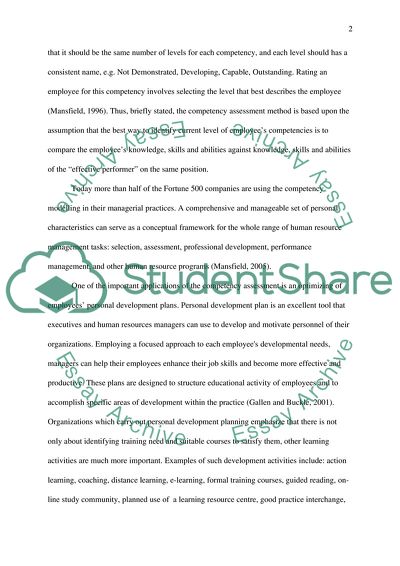Cite this document
(“Design for Competency Development Plan to Key Client Team in Sales Essay”, n.d.)
Design for Competency Development Plan to Key Client Team in Sales Essay. Retrieved from https://studentshare.org/miscellaneous/1564615-design-for-competency-development-plan-to-key-client-team-in-sales-organization-a-corporate-people-development-planning-process-for-freight-forwarding-industry-in-hong-kong
Design for Competency Development Plan to Key Client Team in Sales Essay. Retrieved from https://studentshare.org/miscellaneous/1564615-design-for-competency-development-plan-to-key-client-team-in-sales-organization-a-corporate-people-development-planning-process-for-freight-forwarding-industry-in-hong-kong
(Design for Competency Development Plan to Key Client Team in Sales Essay)
Design for Competency Development Plan to Key Client Team in Sales Essay. https://studentshare.org/miscellaneous/1564615-design-for-competency-development-plan-to-key-client-team-in-sales-organization-a-corporate-people-development-planning-process-for-freight-forwarding-industry-in-hong-kong.
Design for Competency Development Plan to Key Client Team in Sales Essay. https://studentshare.org/miscellaneous/1564615-design-for-competency-development-plan-to-key-client-team-in-sales-organization-a-corporate-people-development-planning-process-for-freight-forwarding-industry-in-hong-kong.
“Design for Competency Development Plan to Key Client Team in Sales Essay”, n.d. https://studentshare.org/miscellaneous/1564615-design-for-competency-development-plan-to-key-client-team-in-sales-organization-a-corporate-people-development-planning-process-for-freight-forwarding-industry-in-hong-kong.


